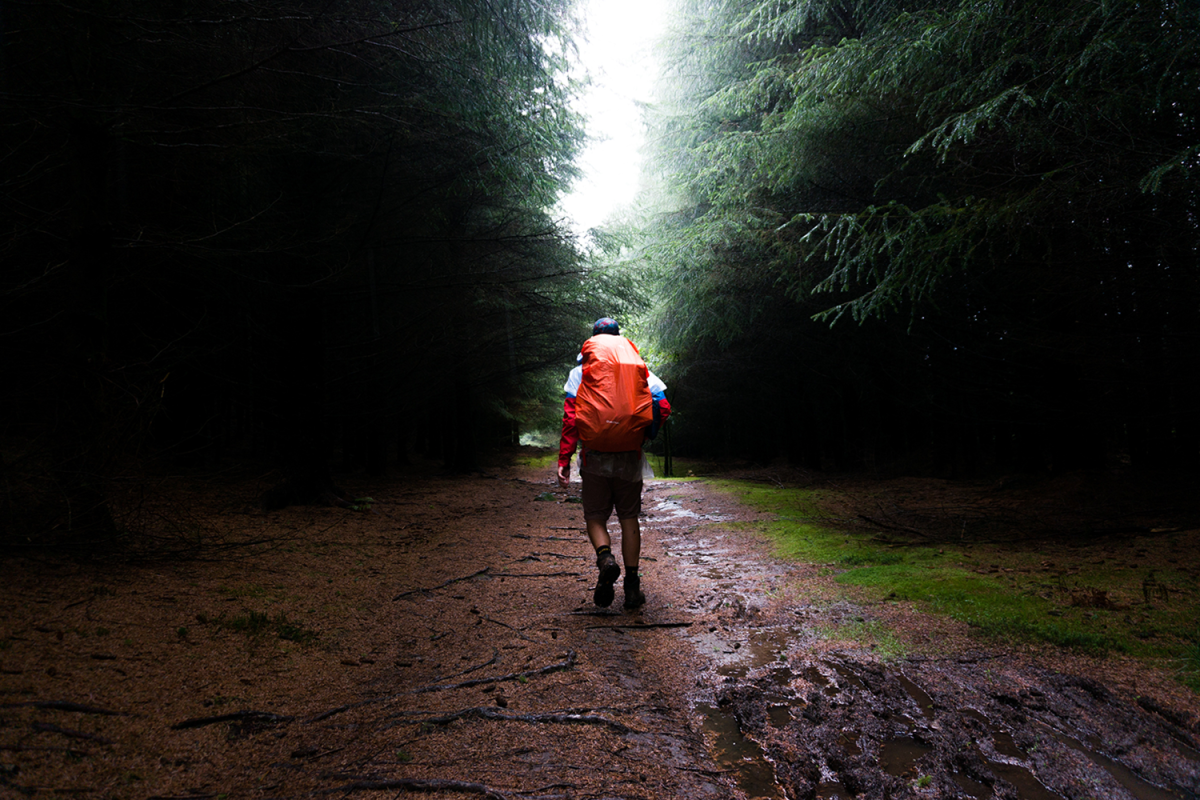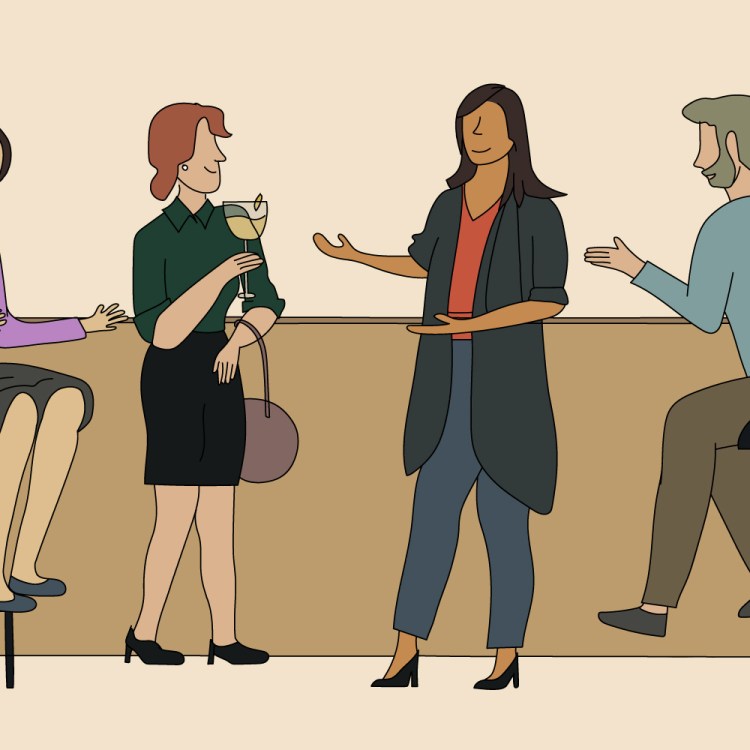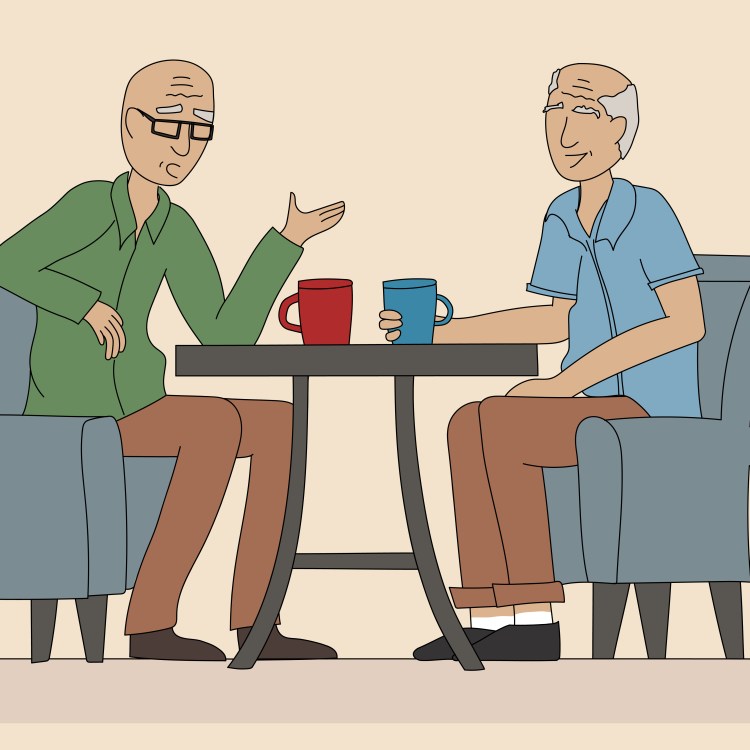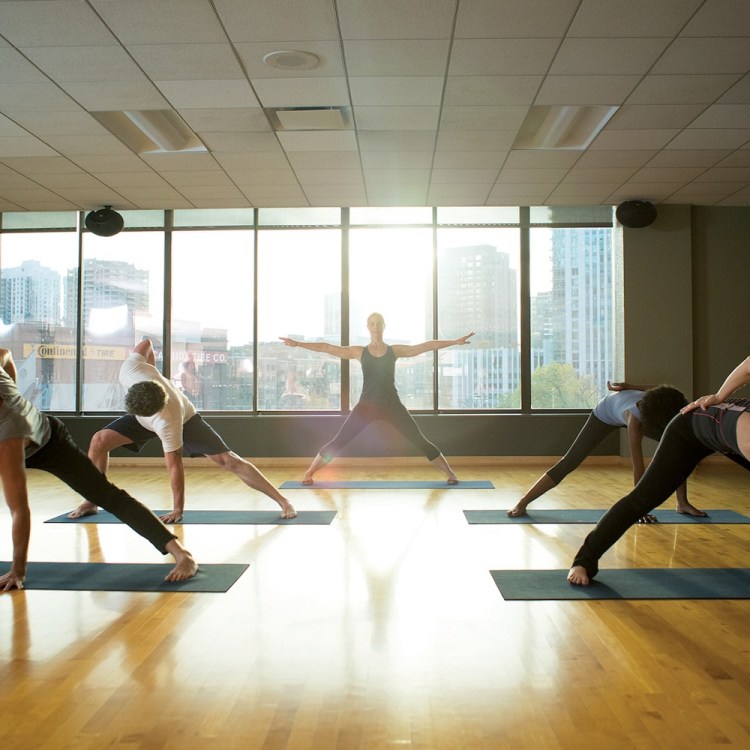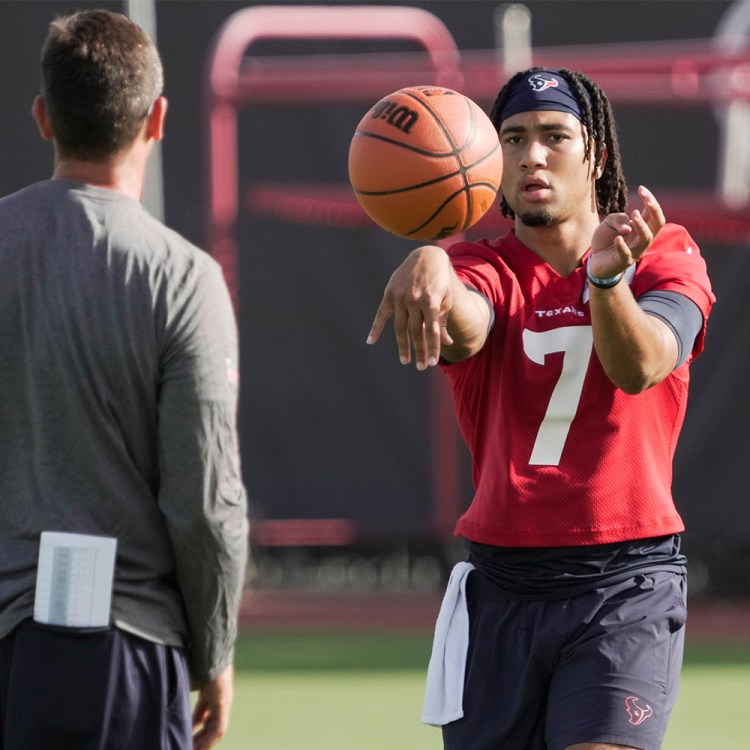I recently saw a man standing at the top of Temescal Canyon, with the wildflowers and a view of Malibu behind him. He was recording an inspirational video for his Instagram followers when I happened upon him. His platitudes were as vacant as a Blockbuster Video. Something about the importance of finding one’s self — as one does while pontificating into a smartphone at the top of a popular hike in Southern California.
A lot of people are lost these days. This isn’t just symptomatic of L.A., though it is one of our calling cards. The best-seller list overflows with self-help books, most of which hawk similar messages to that of my friend up Temescal.
People are also getting lost in a more literal sense. In the past month there have been two noteworthy incidents in which hikers needed to be rescued after going off course: one who was lost in Texas for a week, the other lost in Hawaii for 17 days. Neither incident sounded all that pleasant. Sunburn, dehydration, heat stroke — the works.
Surviving these two situations — the physical lost vs. the metaphysical one — is, in many ways, not all that different. There are tips for avoiding and surviving the former that are quite applicable to enduring the latter, and vice versa. I know because I’ve found my way out of both. At the same time, in fact.
It was 2005 and I was a refugee of Hurricane Katrina, staying with my parents in Raleigh while trying to figure out what to do with my life now that the city, job and pretty much everything I had going on were now underwater. I grabbed my dad’s fly rod and drove to the Blue Ridge Mountains figuring it was as good a time as any to go fly fishing. Sit. Think. Maybe catch a fish.
I saw a remote stream on the map. It was near a campsite that was near a waterfall. I parked at the campsite and wandered in the opposite direction of the waterfall, where people were playing and lounging. People scare trout. Plus, there’s this illness I contract when fly fishing, in which I am certain that the best pool is the next pool down. It’s a strange illness, and one that requires a lot of walking. It also distorts perception, so that the walk out there doesn’t seem far, but in actuality can be many miles.
So there I was, fishing and thinking, when darkness fell. I began walking back but soon realized I was very far downstream. There was no trail. Fortunately, I could follow the river. Unfortunately, it was getting cold, I was wet, out of water, didn’t have a water filter, couldn’t see where the trail to the campsite would be and had to negotiate big rocks and a running river in the dark.
It turns out the Texan, the Hawaiian and me aren’t alone. Many Americans get lost outside every year. One of the places where it happens most often is the Lake Tahoe region, where, according to Dan Baird, one person a week gets lost. Baird is on the Placer County search-and-rescue team, and he also works for California Survival School.
“The majority of people aren’t expecting to be out all night,” says Baird. “Which is why they’re rarely dressed right.” Hence this grim stat: 80 percent of the people who die in the woods die from exposure. Sleep is also a big thing that hinders people, because sleep deprivation leads to mistakes that lead to injuries. Then it’s water. Then it’s food.
Before you go…
Baird says that the California Survival School spends time training people on the virtues of “Alive Insurance,” aka gear. “The body has a lot of priorities, and the gear you take to the woods should reflect that.”
Atz Lee Kilcher, one of the stars of Alaska: The Last Frontier, echoes this sentiment: “Even when I’m going out for literally one hour, I always have my survival pack with me.” And he’s been lost before. Because Alaska.
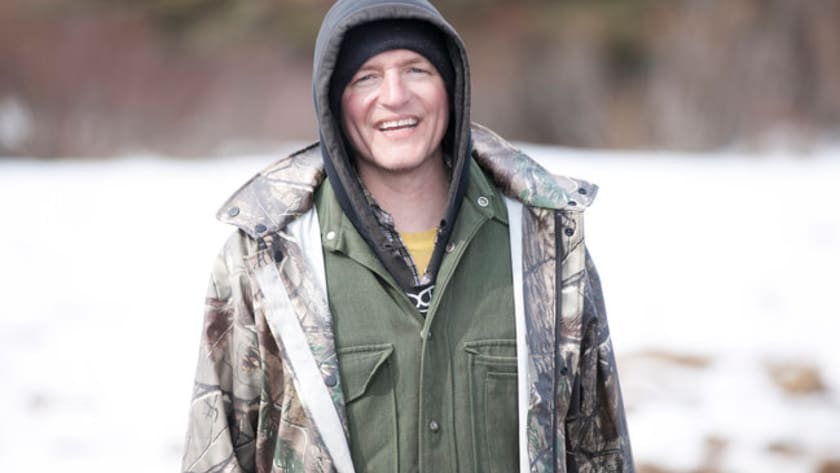
“When I was younger, I headed out for two weeks with a 10-pound bag of rice,” says Kilcher. “And that’s all I was going to bring, and forage off the land. I was going to hunt. I was going to fish. That was how I was going to do it. It was going to be great, and it was a horrible plan. I ended up really scrounging around. The edibles were very scarce. I wasn’t able to find any fish. I wasn’t able to have any luck snaring any small game, and spent a very miserable seven days crawling around through the woods until I finally admitted defeat and headed home.”
In that bag you’ll want a warm layer, some windbreak that can be used for shelter, matches or fire starter (Kilcher used to bring a jar of diesel soaked sawdust), a blanket or sleeping bag (polyfibers or wool; no mylar or cotton), and enough hydration and food for three days.*
Why three days?
According to Baird, 90 percent of the people found by search-and-rescue teams are found within three days of being lost. This is in part because those people told their friends or family they were heading out; therefore, someone could report a missing person, thus putting the whole extraction process into action.
In the movie 127 Hours, James Franco’s character (spoiler alert) loses an arm because he didn’t tell anyone he was going mountain biking in Moab. No one knew he was gone, let alone where he was.
There’s this illness I contract when fly fishing, in which I am certain that the best pool is the next pool down.
Baird advises people to let their loved ones know not only where they’re going, but when is a good time to worry if they haven’t phoned. “Email your mom or dad a copy of the Google map of where you’re going, and if you’re going deep into the woods, let them know when you expect to leave the trail.” He also advises giving them the number to the ranger station where you’re headed. “Calling 911 might not be as helpful as the ranger where you’re at.”
“Do that and pack appropriately for your adventure,” says Baird. That way, “what was a hike is only an inadvertent camping trip.”
Having a GPS is great, BUT…
Shit happens. Kilcher likes the GAIA GPS; however, he advises studying the maps in the area where you’re going ahead of time, and downloading them to your phone along with images of edible plants and landmarks.
“That’s stuff where survival courses earn their weight in gold; understanding how to read a topographical map, understanding elevation charts and going, ‘Oh, there’s a creek there, but it’s in a gorge. There’s a cliff. I can’t get to the creek…’”
The first thing to do when lost? Stop.
“Honestly, just stop,” says Kilcher. “I’ve gone eight miles in the wrong direction before, thinking I was heading home, and eight miles later realized, ‘Oh my God, I’ve been going the wrong way.’ First thing you’ve got to do is admit that you’re lost, which not a lot of people like to do.”
This often happens when you’re in a group and one person is a certified know-it-all, assuring everyone that it’s just a little bit further. Kieran O’Donnell, who served in the British Military and runs TeamXtreams Ltd, another survival training program, stresses leaving your ego at home.
“Stay calm and re-evaluate your location,” says O’Donnell. “Use what navigational aids you have (GPS, cell, map, compass), check and double-check, and try to locate your position. Don’t move until you have a solid plan. If you still can’t get a good fix on your position, stay put.”
[Tell someone your plan] and pack for three days. That way, what was a hike is only an inadvertent camping trip.
Baird says something similar, but adds to stay close to a trail or road, as it’s much easier for search and rescue to spot you there than in the woods.
Forging on, meanwhile, is the outdoor equivalent of the sunk-cost fallacy, in which you keep hammering away at a task — futilely — so as not to waste all the effort you’ve already invested. It’s as bad a play when you’re metaphorically lost (in a job, a relationship, etc.) as when you’re lost in the woods.
Here, it pays to listen to and trust your gut.
Yeah, but how do you listen to your gut?
You have to know your own personal limits, and have the confidence to acknowledge that you’re disoriented or that the time is off: if 10 minutes now feels like an hour, e.g.. Start by scanning your body for tension and feelings of anxiety.
“If you’re second-guessing yourself, that’s usually a sign that you are doubting what you’re doing,” says Kilcher. “There’s no shame in admitting that you are uncomfortable and disorientated. If that’s what it takes to get yourself back to a safe situation, then so be it. Maybe somebody’s going to laugh at you because you started a signal fire 25 feet from a highway because you didn’t know was there, but they’re going to find you, and you’re going to get rescued, and you’ll be smarter from it, instead of them never finding you, and starting a search and rescue, and possibly dying.”
When I was in the Blue Ridge Mountains, I stopped once it was too dark. But I could hear the waterfall in the distance, which gave me hope, despite it being clear that I was stranded. My plan was to find some leaves, cover myself and try to get some sleep. Surely in the morning campers would head for the waterfall, and I would, too.
As soon as I sat down, I heard voices. I shouted out to them and they led me in. They were campers, and notified me I was still a ways from the trail that led to the campsite. I had overshot it by about 10 minutes — shows you how easy it is to get disoriented.
After that experience, I always take a pack into the woods. I also started meditating and doing yoga, practices that have since helped me stay out of my head and in tune with my body in all phases of life. When I feel tense, anxious or lost, I just make myself be still and relax. In a sense, the lessons I’ve learned are the same ones the survival coaches swear by: Prepare as well as you can. Share your plans with others. Listen to your gut. Don’t be afraid to just stop.
Remember: Competence breeds confidence, not the other way around. If you practice spending time in the woods, you’ll feel more confident there, and in other situations, too.
Just try not to get lost along the way, and prepare accordingly.
***
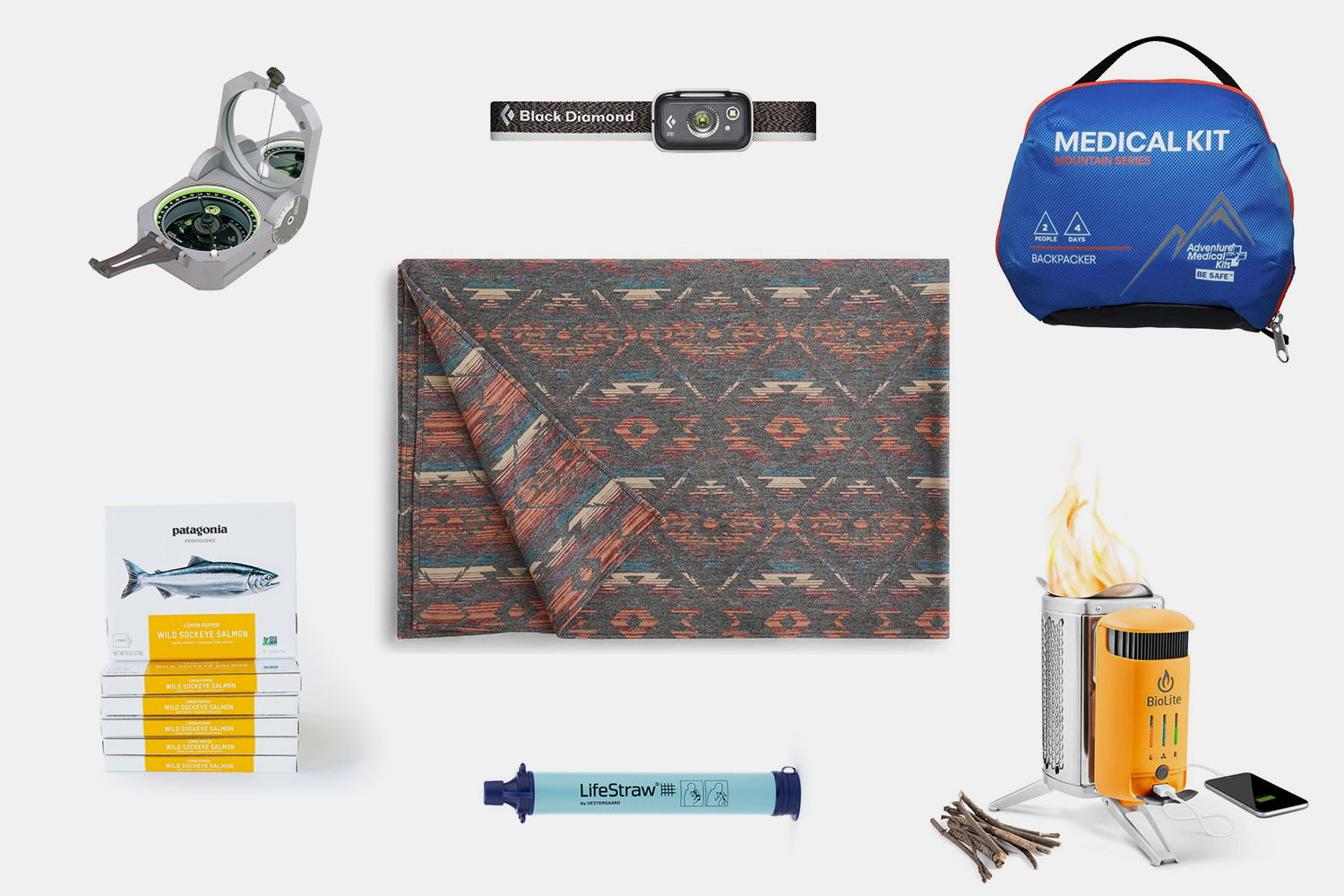
*The things they recommend you carry…
O’Donnell, Baird and Kilcher all recommend some variation of the following items in your bag any time you hike in the backcountry or an unfamiliar area, especially if you’re alone:
Essentials:
- Water purification tablets
- Lifestraw or water purifier
- Some form of shelter
- Sleeping bag or blanket (depending on where you’re going)
- Small medical kit
- A lighter and a fire steel
- Camp stove
- Steel pot or pan for boiling water and food
- A warm layer and a waterproof layer
- GPS
- Map
- Compass
- Head lamp and spare batteries
- Dry food
Nice to haves:
Nota bene: If you buy through the links in this article, InsideHook may earn a small share of the profits.
Whether you’re looking to get into shape, or just get out of a funk, The Charge has got you covered. Sign up for our new wellness newsletter today.
